How long will cardboard take to break down in a lasagne garden?
muscovyduckling
9 years ago
Related Stories
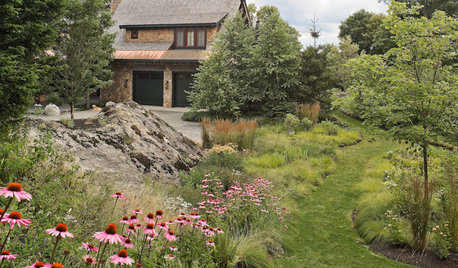
GARDENING GUIDES13 Risks to Take for True Garden Rewards
Go ahead, be a rebel. Breaking rules in the garden can lead to more happiness, creativity and connection with the earth
Full Story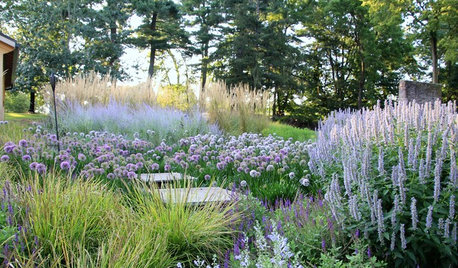
GARDENING GUIDESHow to Take Care of Your Newly Planted Garden
Set up new gardens for success in the critical first year after planting with expert tips from landscape pros on Houzz
Full Story
INSIDE HOUZZHow Much Does a Remodel Cost, and How Long Does It Take?
The 2016 Houzz & Home survey asked 120,000 Houzzers about their renovation projects. Here’s what they said
Full Story
GARDENING GUIDESHow to Maintain Your Garden to Ensure Its Long-Term Health
Experts weigh in on how to keep your plants thriving and your garden looking good for years to come
Full Story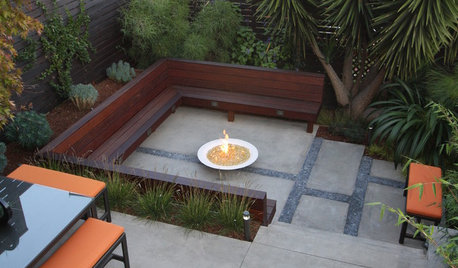
GARDENING AND LANDSCAPINGSunken and Raised Areas Take Gardens Up a Notch
Altering a landscape's grade can create energy and excitement, offering different vantage points and moods depending on the level
Full Story
REGIONAL GARDEN GUIDESCalifornia Gardener’s November Checklist
Take advantage of mild weather to cross garden chores off your list, plant natives and plan for fire safety
Full Story0
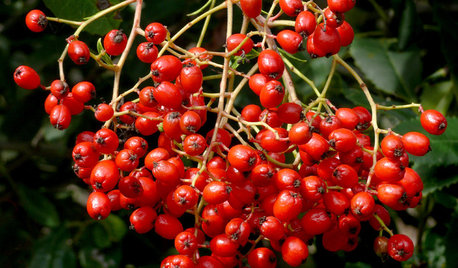
REGIONAL GARDEN GUIDESCalifornia Gardener’s December Checklist
Winter-blooming flowers to add to beds, cool-season veggies to plant and other ideas to take advantage of the season
Full Story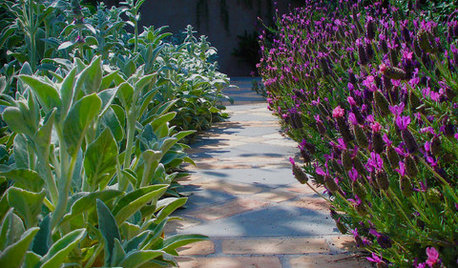
LANDSCAPE DESIGNThe Garden Edge: Rethink Your Garden Pathways
The right plant choices not only frame your paths with distinction, but they also take you on a journey of the senses
Full Story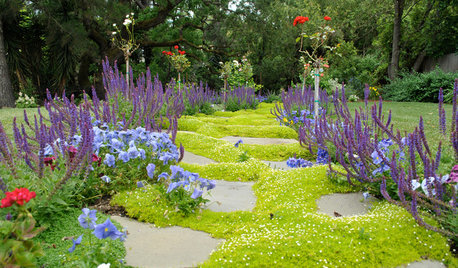
LANDSCAPE DESIGNExplore Your Garden Personality: The Whimsical Gardener
Begging exploration and drawing smiles, whimsical gardens make an art form of fun. Here’s how to keep them in balance
Full Story
LANDSCAPE DESIGNGarden Walls: Dry-Stacked Stone Walls Keep Their Place in the Garden
See an ancient building technique that’s held stone walls together without mortar for centuries
Full StoryMore Discussions






Kimmsr
muscovyducklingOriginal Author
Related Professionals
Cary Landscape Architects & Landscape Designers · Otsego Landscape Architects & Landscape Designers · Saint Matthews Landscape Architects & Landscape Designers · Cerritos Landscape Contractors · Crystal Landscape Contractors · Darien Landscape Contractors · Indianapolis Landscape Contractors · New Brighton Landscape Contractors · Tewksbury Landscape Contractors · Aberdeen Decks, Patios & Outdoor Enclosures · Oswego Decks, Patios & Outdoor Enclosures · Richmond Decks, Patios & Outdoor Enclosures · Springfield Decks, Patios & Outdoor Enclosures · Truckee Decks, Patios & Outdoor Enclosures · Highland Decks, Patios & Outdoor Enclosuresjadie88
muscovyducklingOriginal Author
gardenper
Kimmsr
muscovyducklingOriginal Author